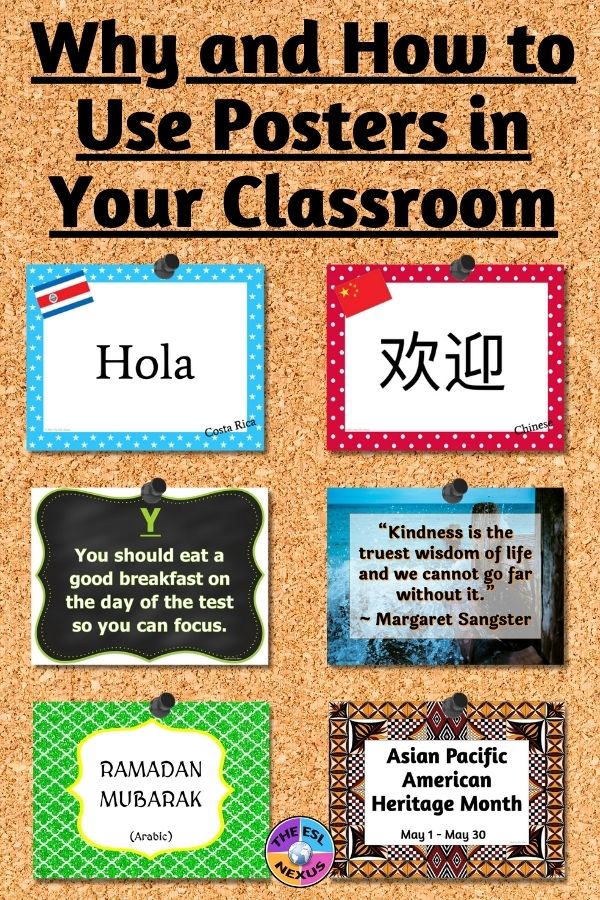In today’s Building Back to School Tools blog series, hosted by #TeacherMom, I am going to write about a Reading Tool that was invaluable to me.
Have you ever had middle school students who were reading way below their grade level? Not only did they have difficulty comprehending academic text, the books that were at their independent reading level were at least two or three grade levels lower that the grade they were in. And when they wrote, their spelling was way off. Some of these difficulties were because they were English Language Learners but that was not the only reason. Maybe they were in a special education program but maybe they weren’t.
These students had somehow never really acquired phonemic awareness of English. I attribute that to the fact they had to learn to read in their second language instead of their native language and, as a result, they didn’t learn very well. Because the sound system of English was different from what they were familiar with, they experienced difficulty in grasping the phonological concepts of English.
I searched for years for materials that would help adolescent learners improve their reading skills but most of what I found was either not appropriate for older learners because it was too cutesy or it was just not very effective. But one day, I found the solution! I attended a session at an ELL professional conference that was presented by a publisher about their reading program. It was called Reading Horizons and it looked excellent. I acquired the condensed version of the teacher’s manual and started using it with my fourth graders, all of whom were native Spanish speakers who needed intensive reading support. That was at the end of the school year and it wasn’t until they were in fifth grade that I was really able to delve into it with the students.
I love this program! I was very fortunate in that my department was able to purchase the complete Reading Horizons program, which is not cheap but is well worth the cost in my opinion. The core is a computer program; it can be set up for each individual student or used in a whole class setting, which is what I did, and it includes lots of diagnostics. The teacher’s manual is very thorough and explains clearly how to teach each lesson. It is scripted but that is to ensure the information is accurately provided to the students. I am not normally a fan of scripted learning but it makes sense here and teachers can pick and choose which parts of the lessons to implement. There is also a student workbook with exercises to reinforce the learning and another book of stories for reading practice. These stories are leveled and go from easy to more difficult.
The foundation of Reading Horizons is a coding system that labels the sounds of English. Students learn what the code’s symbols mean and then apply them to words they hear and read. The computer program has loads of practice for this and the system is actually pretty easy to learn due to all the repetition. My students enjoyed the tasks because I used a SmartBoard to teach it and created a game-like atmosphere in my classroom for learning. There is so much content in Reading Horizons that I never finished everything in the two years I used the program, although if I had had more time with my students, I would have gotten through more of it. I highly recommend this program if you have students who need reading support.
Check out the links below that offer more information about Reading Horizons:
* A series of VIDEOs that explain the methodology of the program
* For INFO about Reading Horizons materials for ELLs
* For INFO about Reading Horizons materials for K – 12 intervention
If you use or have used Reading Horizons, I’d love to hear about it. Good luck with your reading instruction!





